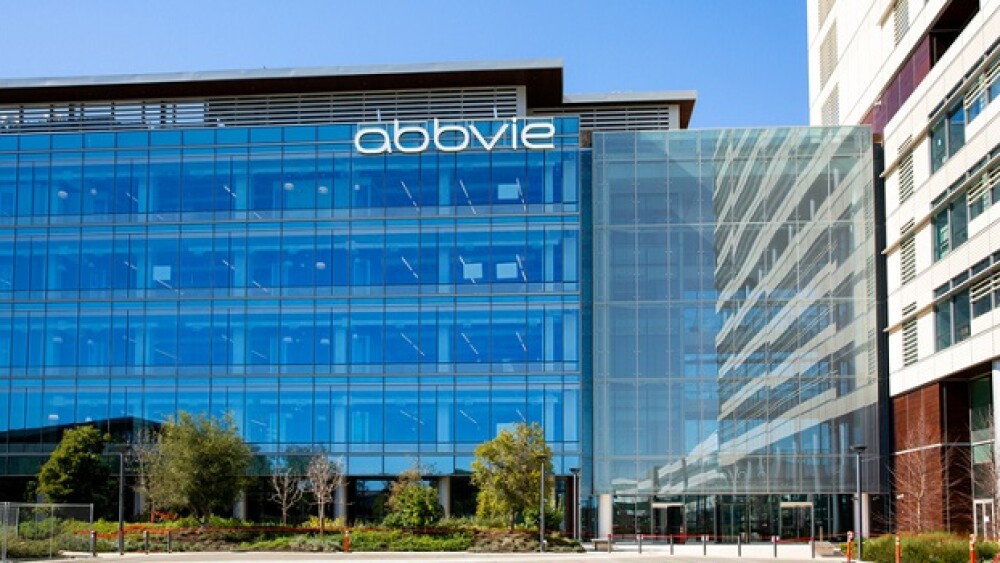Therapeutics to halt the progression of chronic kidney disease are in Phase III trials, and others will enter that stage soon. NDAs could follow as early as 2024 with regulatory determinations in 2025.
Illustration of ProKidney’s REACT Therapy/courtesy of ProKidney
The American Society of Nephrology (ASN) meeting held earlier this month highlighted therapeutics to halt the progression of chronic kidney disease (CKD) currently in late-phase clinical trials. NDAs could be filed for some of these drugs as early as 2024, with regulatory determinations in 2025.
Chinook’s Late-Stage IgAN Therapies
“There are very few therapeutics to stop the progression of kidney disease,” Eric Dobmeier, CEO, Chinook Therapeutics, told BioSpace. “Consequently, the vast majority of patients are prescribed medication to lower blood pressure. That’s changing as researchers gain insights into the disease.”
“What we’re trying to do with single-cell RNA sequencing is look at individual cell types and then identify ways to stop disease progression in those specific cell types or slow disease progression,” Dobmeier said. “We’re looking at podocytes – cells at the base on the kidney.”
Chinook is currently enrolling patients in the Phase III Align study for immunoglobulin A nephropathy (IgAN), and the Phase II Affinity study, for other proteinuric glomerular diseases. Both are assessing the company’s lead product candidate atrasentan.
Basically, atrasentan is an endothelin A (ETA) receptor antagonist that prevents the binding of ET-1, thus limiting mesangial cell activation, glomerular pressure, permeability and proteinuria.
The Align study’s surrogate endpoint is reduction in proteinuria – the amount of protein in a patient’s urine. “It currently is the strongest biomarker for IgA nephropathy and can function as a surrogate endpoint for accelerated approval by the FDA,” Dobmeier pointed out. Chinook expects data next year from the Phase III trial.
The Phase II Affinity study is a basket trial for a variety of glomerular diseases.
“If you can get a 20-30% proteinuria reduction on top of the blood pressure lowering medication, that’s clinically meaningful,” Dobmeier said. At ASN, Chinook reported it is seeing 50- to 60% proteinuria reductions with additional patients. “It shows we can preserve kidney function for longer periods of time.”
Another compound in development at Chinook, BION-1301, is also in Phase II. It tackles IgAN earlier in its development when it sees galactose-deficient IgA molecules.
“The molecules are aberrant, so the patient’s immune system reacts by creating IgG antibodies that bind together and create immune complexes. So, with BION-1301, we can deplete mature plasma cells and prevent these aberrant IgA molecules from forming in the first place,” Dobmeier said. “It is, potentially, a disease-modifying mechanism.”
Dobmeier said Chinook is seeing up to 70% proteinuria reductions. But, he cautioned, “It’s in a small number of patients, and it’s a single-arm trial.
“We think BION-1301 and atrasentan are very complementary approaches,” he continued. “Ultimately, we’d love to combine them, but right now we’re developing each one separately.”
Although 10 percent of the global population has chronic kidney disease, and many others don’t know they have it, Dobmeier said treatments often are ACE inhibitors, steroids or off-labeled therapeutics.
“We spend more than $120 billion per year in the U.S. alone, and most of that is for dialysis, transplant and supportive care once the kidneys are failing.”
Boehringer’s Jardiance
Boehringer Ingelheim’s empagliflozin (Jardiance) recently met the primary endpoint in the Phase III EMPA-KIDNEY study. Treatment with Jardiance reduced the relative risk of kidney disease progression or cardiovascular death by 28% and reduced the relative risk of hospitalization by 14%.
It is the first SGLT2 inhibitor to show a reduction in all-cause hospitalization during clinical trials for chronic kidney disease, according to Boehringer Ingelheim.
The trial included 6,609 participants, “many of whom have been historically under-represented in previous SGLT2 inhibitor trials in CKD,” Mohamed Eid, M.D., head, clinical development & medical affairs for cardiometabolism & respiratory medicine at Boehringer told BioSpace after the company’s recent presentation at ASN.
“This includes people without diabetes, across the spectrum of eGFR and urine albumin-creatinine ratio (both are measures of kidney function) and with various underlying causes of CKD,” Eid noted.
In March, this trial was stopped early as recommended by the Independent Data Monitoring Committee, based on a formal interim analysis that showed it met the prespecified criteria for clear, positive, efficacy.
“[The] data add to the body of evidence from our clinical program which includes more than 700,000 adults with cardiovascular, kidney and metabolic conditions,“ Carinne Brouillon, head of human pharma and member of the board of managing directors at Boehringer Ingelheim, told BioSpace via email.“EMPA-KIDNEY reinforces the potential role of empagliflozin in changing the way these interconnected conditions may be managed.”
ProKidney Aims to Repair and Restore
ProKidney’s renal autologous cell therapy, REACT (renal autologous cell therapy), is in multiple trials – including one phase III enrolling in the U.S., and two fully-enrolled Phase II trials globally – for patients with CKD and type 2 diabetes. The personalized cell therapy intends to repair damaged kidney tissue and, hopefully, restore kidney function.
The therapeutic is comprised of selected, healthy renal cells taken from patients. These cells are expanded, and then either formulated into a gelatin-based hydrogel or cryopreserved before being reinjected into the damaged kidney.
Clinical trials show that REACT stabilizes eGFR (estimated glomerular filtration rate) or moderates the rate of eGFR decline, and preclinical studies suggested the drug may migrate through the kidney and improve kidney function.
Data presented at ASN showed the selected renal cells self-organized to form organoids that expressed renal markers. When hydrogels were added, those organoids self-organized into tubules and other neo-nephron structures. When they were introduced into kidneys they were incorporated into the renal parenchyma, where they were evident for at least four months. They also formed glomerular capillary loops. The researchers concluded that REACT improved both survival and renal filtration
“We’re the first therapy to actually increase kidney function in late-stage patients at high risk for renal failure,” Tim Bertram, Ph.D., CEO, told BioSpace. “Efficacy goes from stabilizing the disease to improvement of function.” A Phase II trial showed an average improvement of 4-5 ml/minute for patients with a baseline or 32 to 33 ml/min.
Bertram positioned REACT as “a foundational platform therapy, standing guard at the door of dialysis.”
“It is a potential complement to future medications that focus on single mechanisms of action...or in combinations with other therapies,” he said.
REACT has been granted Regenerative Medicine Advanced Therapy designation by the FDA. A Phase III program has been approved by both the FDA and the EMA. “We expect to have data in 2025,” Bertram said.








